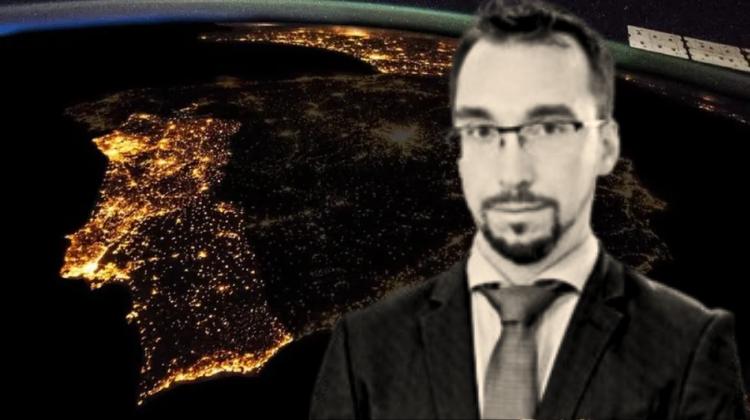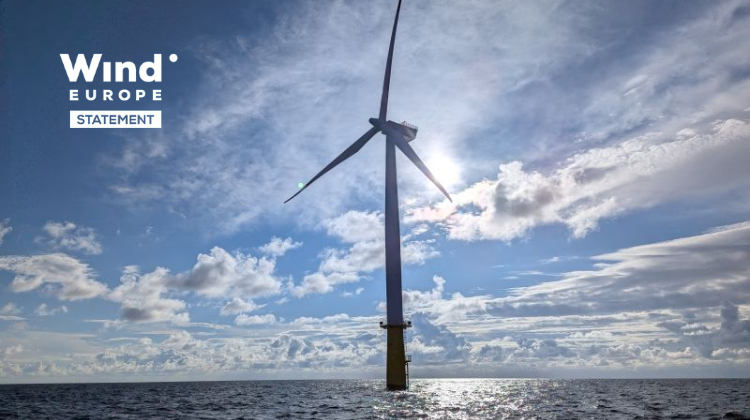The Royal Decree approved this week by the Council of Ministers is now available , establishing urgent measures for the modernization of the Spanish electricity system . This decree restructures the technical obligations of the network operator, strengthens system supervision, and enables the massive integration of storage and electrification of demand.
The regulation —see end of article— incorporates elements of Royal Decree-Law 7/2025 (“anti-blackouts”), which was repealed by Congress at the beginning of the summer.
These reforms constitute an unprecedented technical update to the network operating framework since 2014. For lawyer and energy expert Jorge Andrey Sterner , partner at Samsø , this update “is good news because it corrects a regulatory gap” and, in dialogue with Strategic Energy Europe , he noted that “it represents the consolidation of a more mature and stable architecture.”
What are the main changes?
The new Royal Decree outlines four specific lines of action :
- Network monitoring and control: This strengthens the CNMC’s role in network inspection. The regulator will be required to issue quarterly reports on voltage monitoring and restoration of supply , and develop a three-year inspection plan for autonomous starting, synchronous generation, and emergency response capabilities.
Furthermore, Red Eléctrica de España (REE) will be required to review power oscillation damping parameters (PSS and POD) , dynamic voltage response , and stable active power injection , as well as implement a high-resolution (20 ms) incident recording system .
This combined monitoring and control system will allow for real-time evaluation of voltage quality, service restoration, and generator response to disturbances. - Accelerated integration of storage: redefines the installed capacity of electrochemical storage modules and systems, establishing a uniform criterion for bifacial panels, inverters, and transformers. Article 6 establishes an expedited process for hybrid systems with storage , unifying prior and construction authorizations and halving the timeframes .
“This is a fundamental change,” explained Sterner, “because it eliminates bureaucratic obstacles to installing battery storage in existing infrastructure,” which will be positive for progressing towards the National Integrated Energy and Climate Plan (PNIEC) target of 22.5 GW of storage capacity by 2030 . - Promotion of industrial and transport electrification: a five-year expiration period is established for unexercised access and connection rights, and the inclusion of the CNAE code in applications is mandated. According to Sterner , “this is a necessary measure to prevent speculation with demand permits, as occurred in 2018-2019 with generation projects.” Strict deadlines
are also set for distribution companies , which must process new applications within 5 to 80 business days, depending on the scale of the network expansion. - Repowering and innovation: the Royal Decree incorporates, for the first time, the legal definition of repowering in accordance with European regulations, and mandates the development of a National Roadmap within nine months to promote equipment replacement, increased efficiency, and the creation of R&D&I platforms for prototype testing. These platforms will be able to connect and disconnect experimental technologies without restarting administrative procedures .
The specialist lawyer believes that this new framework inaugurates “a stage of regulatory maturity that forces the investor to look at the long term,” where the current conditions for photovoltaics are no longer as attractive as they were a few years ago, but the new regulatory framework “provides predictability and reduces technical risk.”
He also highlighted that the Royal Decree consolidates a model of co-responsibility between generators, distributors and the system operator , in order to “move from a reactive to a preventive approach in the management of grid stability and flexibility”.
The missing regulation
Looking ahead, Sterner emphasizes the importance of completing the Royal Decree on self-consumption and distributed storage , which is currently under consultation.
“The push for macro storage is already covered, but small and medium-sized storage needs to be developed, where demand aggregation and digitalization will be key,” he emphasized.
With this regulation, Spain reinforces its position as a regulatory benchmark in the European energy transition , by combining high-level technical requirements with incentives for industrial innovation and grid stability.
BOE-A-2025-22434































